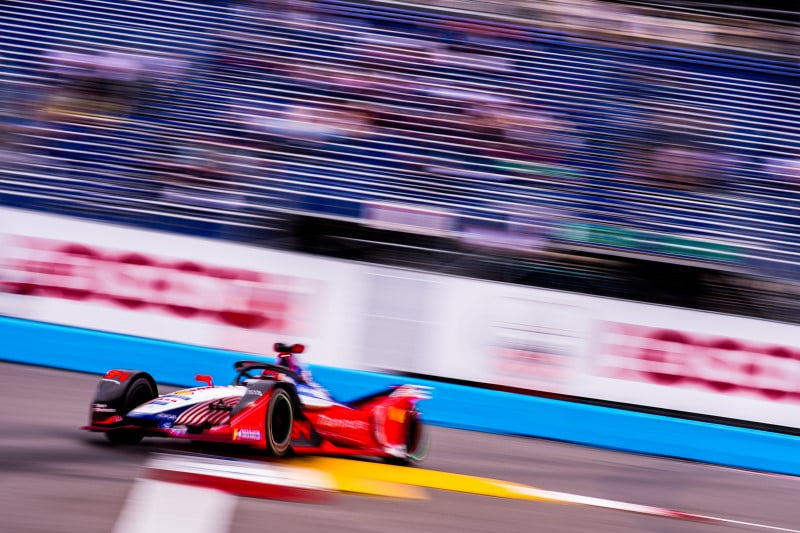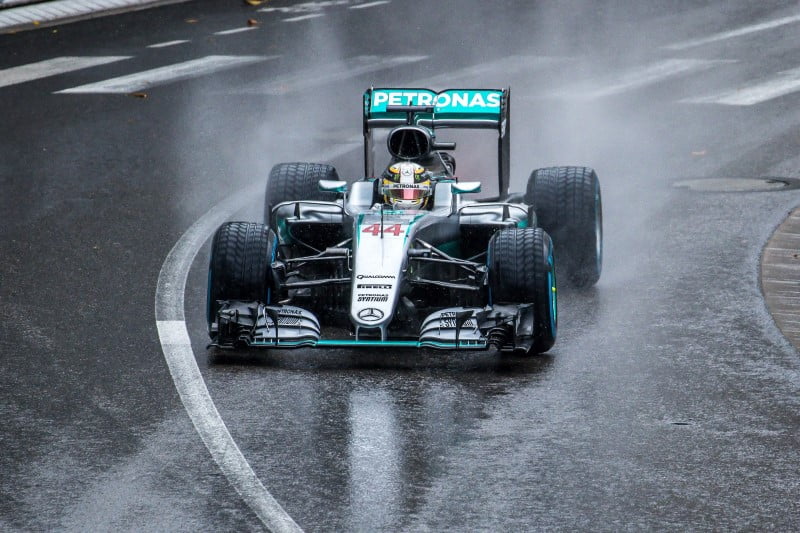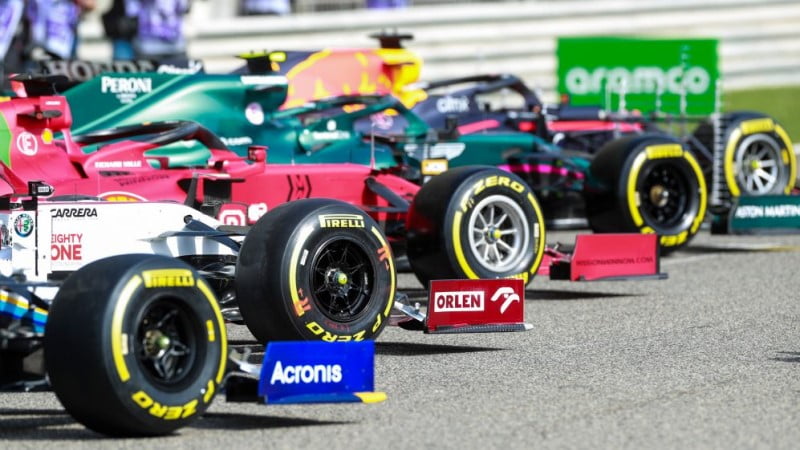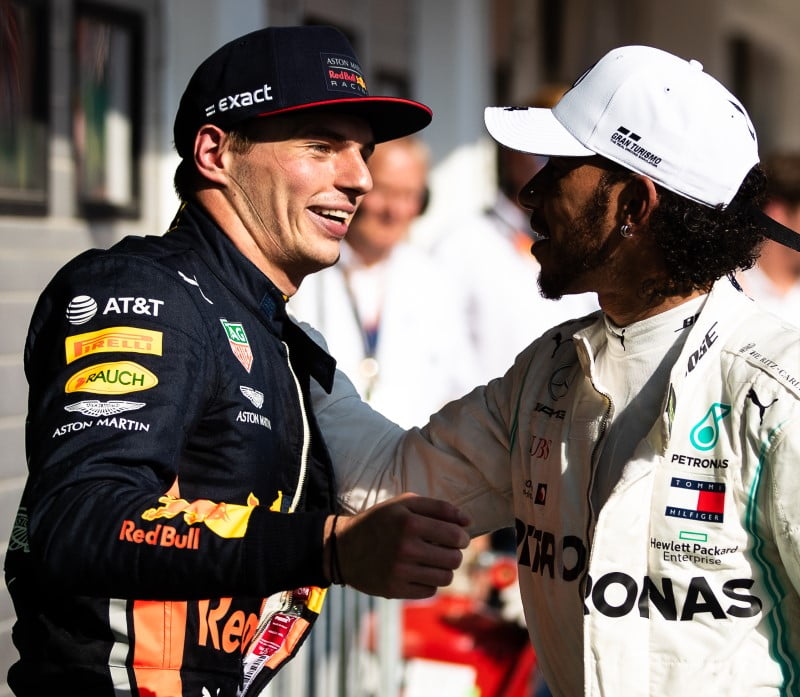Mahindra Racing’s Team Principal Dilbagh Gill pens a note explaining how Motorsport technology is pushing boundaries in all directions.
The 2010s have arguably been among the most transformational decades in motorsport – the founding of the Formula E championship, the world’s first all-electric racing series, the development of the super-efficient turbo-hybrid Formula 1 engine, the launch of the W Series, the world’s first female-only championship…motorsport, you could say, became woke in the 2010s.
As we cast our eyes forward to 2020, this transformation is only set to accelerate as the sport pushes the boundaries like never before.
Sustainability, a social conscience, new age technology, growing connectivity, will all combine to further revolutionise the sport.
If at the start of the decade, you wanted to establish a championship in which electric cars could race, wheel-to-wheel, reaching speeds of over 200 kilometres for nearly an hour, you would have been laughed out of the room. Similarly, if you’d said a 1.6 litre turbo hybrid V6 engine would be able to produce over 1000 horsepower, far in excess of the high-revving, screaming and gas-guzzling 2.4 litre engines they replaced, you would have been told that’s impossible.
But, with more than a decade of experience in motorsports and having had ringside seats to witness this transformational change that swept through motorsport this last decade, at Mahindra Racing, we have learned not to discount anything.
Neel Jani On Porsche’s Challenges In Debut Formula E Season
Many of the changes to come are hard to predict or imagine today. Such is the rate of development. But they will be shaped by the trends shaping the wider automotive sector.
Motorsport is many things – a sport, a marketing exercise, a television and live audience spectacle. But most importantly, certainly from a car manufacturer’s point of view, it is a test-bed, a rolling laboratory, for the development of future road car technology. For us, it made sense on two fronts. The first was the global platform it gave the Mahindra brand. The second was the transfer of technology honed amid the cut and thrust of racing to our road going electric vehicle programme, which we had been developing since acquiring Reva. It is a proving ground, where car manufacturers can test new technology, before transferring it into their regular road going products, like we do as part of our ‘Race to Road’ programme. The ultimate example of this is Automobili Pininfarina’s Battista. The development of EV technology spurred by Formula E has and will continue to help fast-track the Battista’s testing and development cycle. And that’s just the starting point, as Mahindra Racing also has a proven track record in delivering great performance using alternative fuel.
If there are threads of commonality running through this disruption then, in my opinion, there are three primary trends that will emerge more strongly in the next decade. Ofcourse over this period there will be newer buzzwords and mini trends that will make it more relevant to that time, but here are possibly the foundational elements:
1. Sustainability and environmental activism on and off the track
The conversation around sustainability is growing louder. Environmental awareness is growing. Even within motorsport that conversation is very publicly being had. Formula One world champion Lewis Hamilton has gone vegan, sold his private jet and is increasingly taking on the role of environmental activist. Formula One is aiming to be carbon neutral by 2030.
Formula E by its very nature is a green championship but given the number of countries we travel to even we aren’t completely carbon neutral. So, we’re working on it.
Within our team alone, we’ve stopped using plastic bottles. When we plan our flights, we plan them so that we’re flying with airlines that have a modern fleet of efficient aircraft. Jerome d’Ambrosio is personally committed to environmental balance and has gone vegan too. At a team level, we’ve embarked on a new initiative this year to offset the carbon footprint that we do have, whereby we plant a tree for every Fanboost vote our drivers get. Mahindra Racing is the only team in the championship to achieve the FIA Environmental Accreditation Two-Star rating. The squad first attained the rating in November 2016 and, following a periodic audit in February this year, Mahindra Racing maintained its status in the framework, with the aim of being carbon neutral by 2020 and target a three-star rating. These are some of the reasons that make Mahindra is the 3rd most recognized car brand in Formula E with a steady social media following on two million fans, largely comprising of young fans.
2. Innovation and technology for the sport and to end users eventually
On the technical front car companies and racing teams are harnessing the power of innovation to find new-age solutions. New, lighter materials, more efficient manufacturing processes, clever software maps that make the most efficient use of hybrid engines, cleaner fuels, the march toward sustainability is relentless.
Ultimately, we will have to make sustainability convenient, for consumers at large to buy into the idea. And here too motorsport has a role to play. Things like fast charging, wireless charging, solving range anxiety. The BMW i8 plug-in hybrid Safety Car we use in Formula E sits on a wireless charging pad. Therefore, when not in use, it’s being charged up.
There is tremendous potential in this technology. Imagine embedding these wireless charging pads beneath the road’s surface. In theory, you could then be charging your EV as you go. No more range anxiety. It sounds far-fetched (and expensive) to implement today. But who knows? It just might be possible tomorrow.
3. Automation to play a stronger role
Then there’s automation. Motorsport and automation? Won’t that take the sport out of the ‘motor’? Sure, it will. Nobody wants to see robot drivers racing each other on track. We want to see humans, our heroes, strapping themselves to road-hugging rocket ships performing feats you and I wouldn’t be able to. But there are ways automation could be incorporated into motorsport – Formula One has toyed with the idea of running an automated Safety Car. Formula E, meanwhile, is working on a support series called Roborace. As a support event it will take nothing away from the big event, the ePrix. But it will allow for the development of self-driving cars in a challenging enough but safe environment. Similarly, certain elements of a race, such as the formation lap, the lap to the grid, or when a driver drives through the pits can be automated or self-driven. That way there is room to develop self-driving technology without taking anything away from the actual race.
Ultimately, motorsport has to stay relevant. But given the scale of disruption, it’s hard to say exactly what shape that will take. If the last decade was anything to go by, I am convinced we will see an even more sweeping transformation in motor-racing. As established members of the fraternity, we at Mahindra Racing are excited by what lies ahead.














